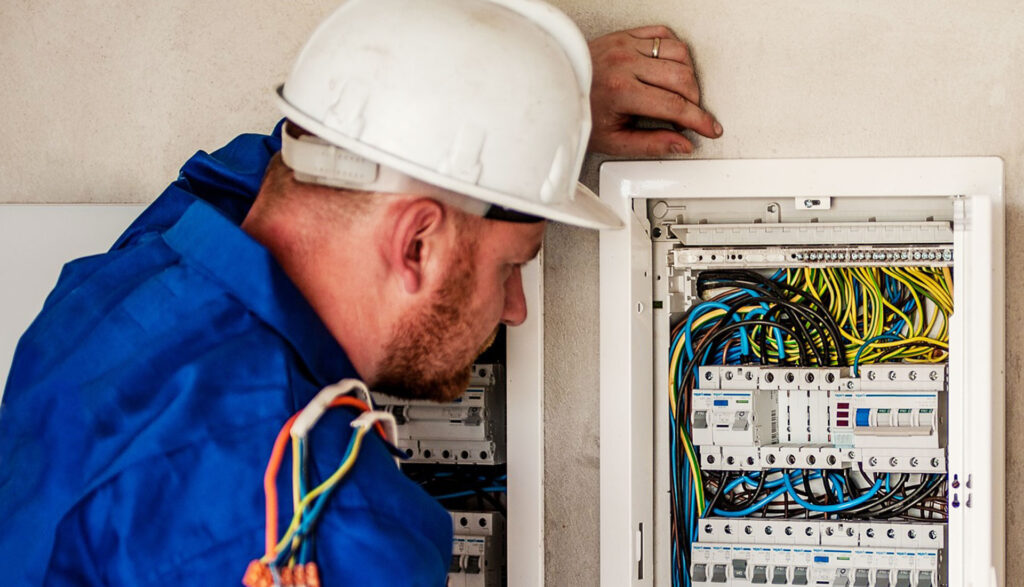Your home is your sanctuary, a place where you and your loved ones should feel safe and secure. While we often take for granted the convenience and comfort provided by electricity, it’s essential to prioritize electrical safety to protect your home and family from potential hazards. In this blog post, we will explore practical tips and best practices to ensure electrical safety in your living space.
- Conduct Regular Electrical Inspections:
Periodic electrical inspections are crucial in identifying potential hazards and ensuring the safety of your home. Consider hiring a licensed electrician to conduct a thorough inspection of your electrical system, including outlets, wiring, switches, and circuit breakers. They can identify any outdated or faulty components that may pose a risk and provide recommendations for necessary repairs or upgrades.
- Avoid Overloading Circuits:
Overloading electrical circuits is a common cause of electrical fires. Distribute your electrical devices and appliances across multiple circuits to prevent overloading. Be mindful of the electrical load of each circuit and avoid plugging too many high-powered appliances into a single outlet. Consider installing additional circuits or consulting with an electrician for proper load management.
- Replace Damaged Cords and Outlets:
Damaged cords, frayed wires, and broken outlets can be hazardous. Inspect your electrical cords regularly, and if you notice any signs of wear and tear, replace them immediately. Avoid using extension cords as a permanent solution and instead opt for additional outlets where needed. Faulty outlets should be replaced promptly to avoid electrical shocks or short circuits.
- Practice Safe Appliance Use:
When using electrical appliances, follow safety guidelines to minimize the risk of accidents. Unplug appliances when not in use and avoid touching them with wet hands. Refrain from using damaged or malfunctioning appliances and have them repaired by a qualified professional. Keep appliances away from water sources to prevent electrical shocks.
- Install Ground Fault Circuit Interrupters (GFCIs):
GFCIs are designed to protect against electrical shocks in areas where water is present, such as bathrooms, kitchens, and outdoor outlets. Consider installing GFCIs in these locations to provide an added layer of protection. GFCIs monitor the electrical current flow and shut off power automatically if an imbalance is detected, preventing potential electrical hazards.
- Educate Your Family on Electrical Safety:
Promote electrical safety awareness among your family members, especially children. Teach them about the dangers of electrical outlets, cords, and appliances. Encourage them to avoid tampering with electrical components and explain the importance of seeking adult assistance when dealing with electrical issues.
Conclusion:
Prioritizing electrical safety in your home is a responsibility that should not be overlooked. By following these practical tips, conducting regular inspections, and seeking professional assistance when needed, you can ensure a safe living environment for you and your family. Remember, electrical safety is a collective effort, and by practicing these measures, you contribute to the well-being and security of your loved ones.
By adhering to these electrical safety guidelines, you can enjoy the benefits of electricity while minimizing the risk of accidents and hazards in your home.
